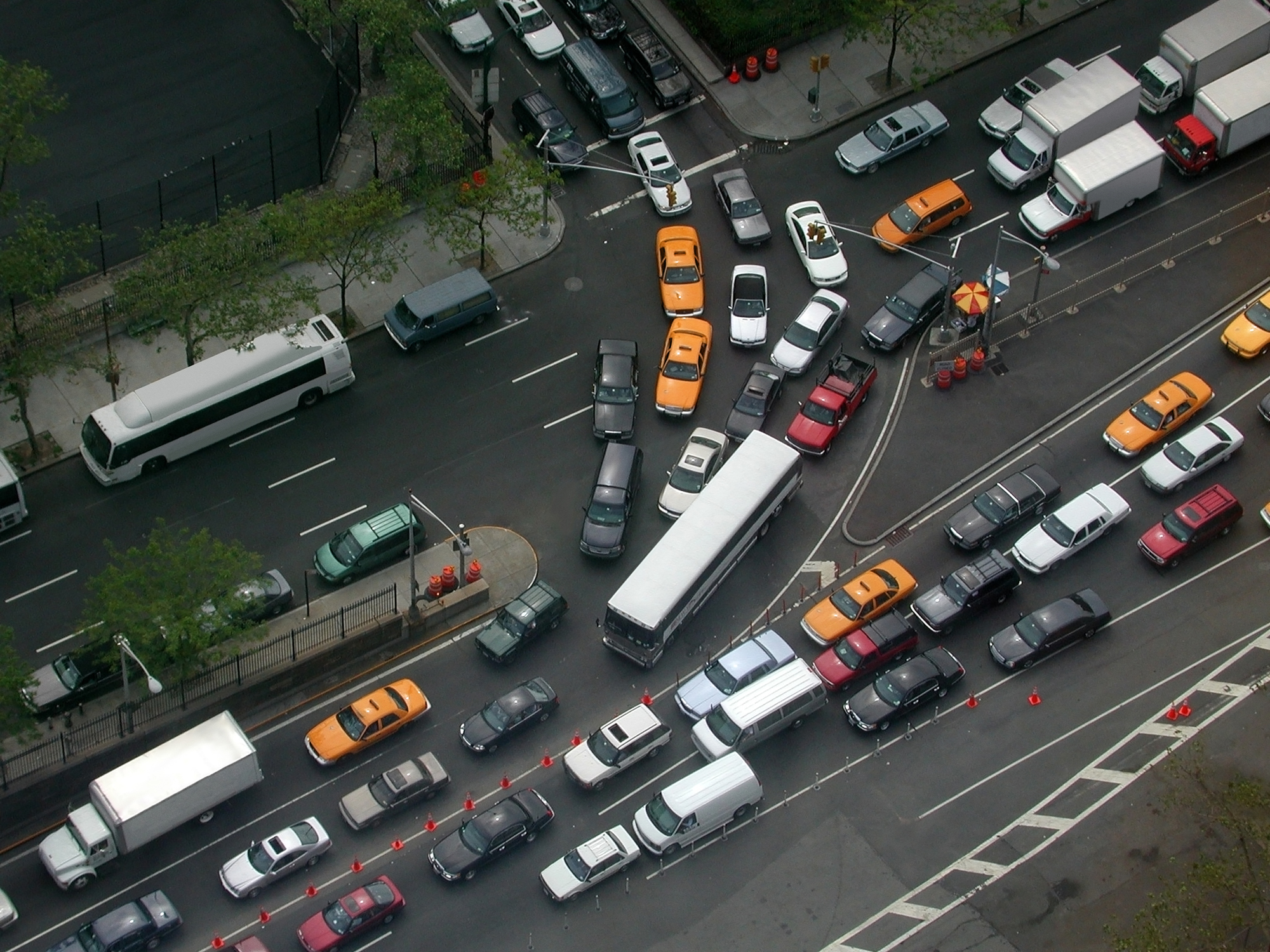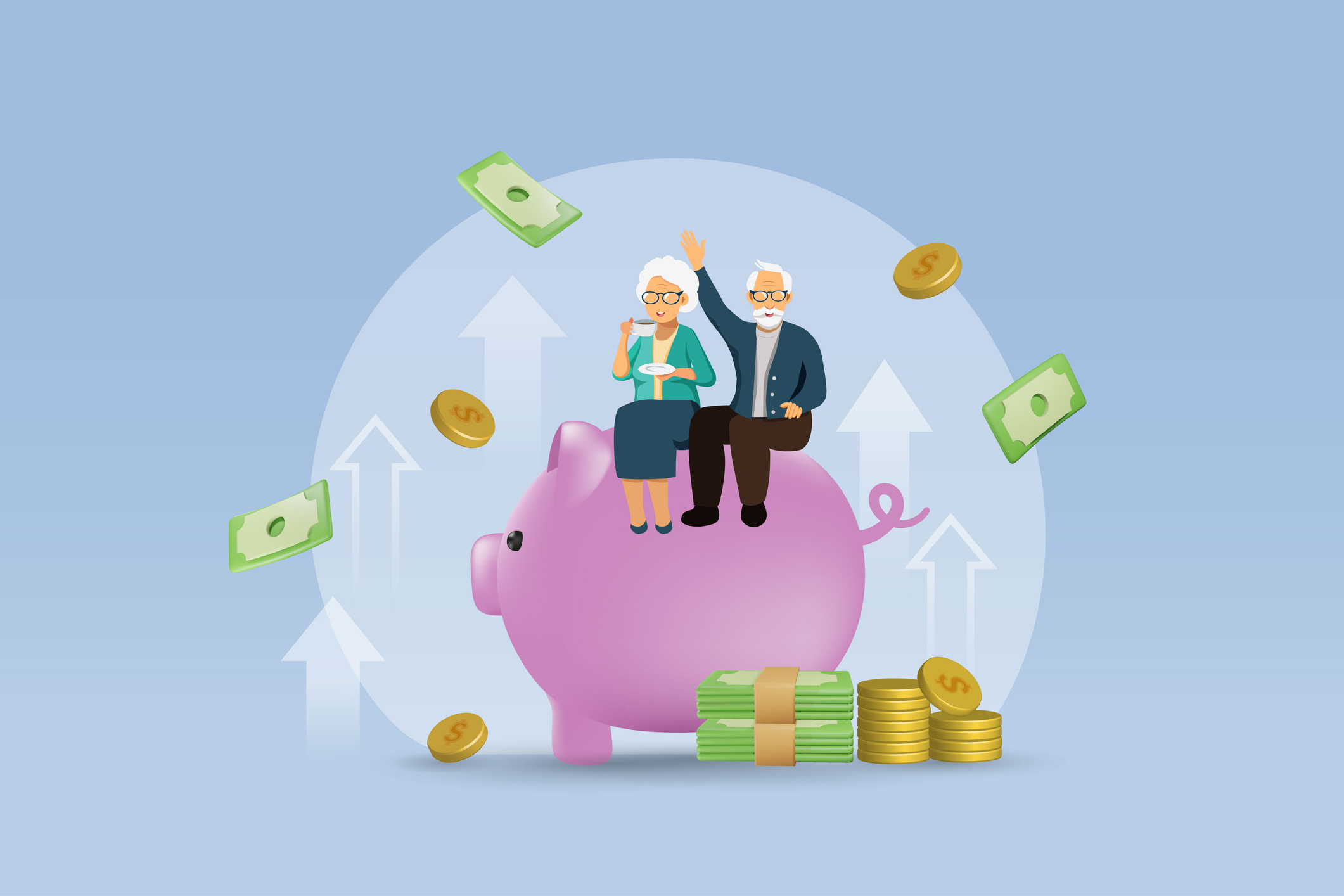NYC Congestion Pricing Makes Traveling By Car More Expensive
The congestion pricing fee schedule has been finalized and it will begin on June 30.


Being a driver or passenger in Manhattan will be getting more expensive. The Metropolitan Transit Authority (MTA) overwhelmingly approved the proposed congestion pricing plan by a 12-1 vote. As of June 30, 2024, motorists entering what the MTA is calling the Congestion Relief Zone (streets and avenues at or below 60th Street in Manhattan) will have to pay a toll.
There are still a few small hiccups. The MTA is still facing seven lawsuits that oppose the plan, but the agency is undeterred and will continue working toward implementation. The 110 gantries needed to detect motorists entering the zone and assess tolls have been erected.
Details of how much the first congestion pricing plan in the U.S. will cost have been finalized. The toll will apply to most motorized vehicles that drive in the Manhattan Central Business District during designated hours. Passengers of taxi and ride share services will have an additional fee added to the fare.
From just $107.88 $24.99 for Kiplinger Personal Finance
Become a smarter, better informed investor. Subscribe from just $107.88 $24.99, plus get up to 4 Special Issues

Sign up for Kiplinger’s Free Newsletters
Profit and prosper with the best of expert advice on investing, taxes, retirement, personal finance and more - straight to your e-mail.
Profit and prosper with the best of expert advice - straight to your e-mail.
There are schedules for both peak and off-peak pricing. Vehicles that pay any way other than using the E-ZPass electronic toll system will pay significantly more. For instance, the peak price for passenger vehicles is $15.00 with E-ZPass and $22.50 without. The tolls for non-E-ZPass users are on average 33.4% more.
Where is the toll zone?
The Central Business District (CBD) Tolling Program is the official name of the congestion pricing program that will take effect sometime this year in parts of Manhattan.
Drivers will be charged a toll to enter the Manhattan Central Business District that begins in Manhattan south of and including 60th Street down to the southern tip of the Financial District. The plan excludes the FDR Drive, the West Side Highway and the Hugh L. Carey Tunnel connection to West St. Vehicles will be charged the full toll if they deviate from these highways or connections.
How do you pay the toll?
Drivers will be able to use their E-ZPass tags as they already do to pay tolls on other roads, bridges and tunnels. For those who do not have E-ZPass, a bill will be sent by mail to the registered owner of the vehicle.
Consider getting an E-ZPass transponder and driving to Manhattan if you don't have one. The tolls are 66.6% higher when you pay any way other than E-ZPass.
In the first 60 days of the program, drivers will only be charged the applicable Congestion Relief Zone toll. No additional fees, charges, or fines, such as late fees, will be applied.
How much will drivers be charged?
Below is the schedule of toll fees that will be charged based on the type of vehicle used in the congestion zone.
| Vehicle Type | Peak Congestion Fees in effect 5 a.m. until 9 p.m. weekdays and 9 a.m. until 9 p.m. weekends | Off Peak Pricing |
| Passenger drivers | $15.00 | $3.75 |
| Motorcycles | $7.50 | $1.75 |
| Passengers of taxis green taxis, and black cars | $1.25 per ride | N/A |
| Uber, Lyft, other ride-shares passengers | $2.50 per ride | N/A |
| Small trucks | $24.00 | $6.00 |
| Large trucks | $36.00 | $9.00 |
| Vehicle Type | Peak Congestion Fees in effect 5 a.m. until 9 p.m. weekdays and 9 a.m. until 9 p.m. weekends | Off Peak Pricing |
| Passenger drivers | $22.50 | $5.50 |
| Motorcycles | $11.25 | $2.75 |
| Passengers of taxis green taxis, and black cars | $1.25 per ride | N/A |
| Uber, Lyft, other ride-shares passengers | $2.50 | N/A |
| Small trucks | $36.00 | $9.00 |
| Large trucks | $54.00 | $13.50 |
Are there any exemptions to the toll?
New York City operates over 30,000 vehicles, the largest municipal fleet in the country, according to the mayor's office. In addition to the previous exemption of qualified emergency and specialized government vehicles, the MTA has added an exemption for virtually every city-owned official car.
Qualifying authorized emergency vehicles, such as ambulances and fire trucks, will be exempt from the congestion tax. Specialized government vehicles not intended for general transportation, including street sweepers, sanitation trucks, and roadway repair equipment, will also be exempt from the congestion tax.
- Exemptions for the disabled: The Individual Disability Exemption Plan (INDP) is an exemption for qualifying vehicles transporting people with disabilities. Disabled individuals can apply for an exemption for their car or one they designate. Vehicles successfully enrolled in the Individual Disability Exemption Plan (IDEP) are exempt from the tolls. Instructions and requirements to receive the INDP can be found here on the MTA website.
- Exemptions for busses: Transit buses, commuter buses and school buses will also qualify but sightseeing buses will pay the toll. School busses serving public, charter and parochial schools all qualify for the exemption. The Hampton Jitney, Greyhound, Mega Bus and FlixBus will not be hit by the toll.
- Busses NOT exempt: Charter, NY Waterway buses and NYU employee shuttles will not get an exemption.
- Tunnel crossing credits: Vehicles using E-ZPass and entering in the daytime via one of the four tolled entries in the CBD (Lincoln Tunnel, Holland Tunnels, Queens-Midtown Tunnel, and Hugh L. Carey Tunnel) will be eligible for a credit. The credit amount will be up to $5 for passenger vehicles, up to $2.50 for motorcycles, up to $12 for small trucks and charter buses and up to $20 for large trucks and tour buses. The schedule of credits can be found here on the MTA's website. There is no tunnel credit during off-peak hours when fares drop by 75%.
- Low-income drivers: Drivers that receive SNAP, WIC, or TANF benefits or whose household federal adjusted gross income is no more than $50,000 may be eligible for a 50% discount from the peak period passenger vehicle toll rate on their eleventh trip and all trips thereafter in a calendar month. Instructions and requirements to join the Low-Income Discount Plan can be found here on the MTA website.
- Low-Income Tax Credit for Residents: This credit is for residents of the Central Business District whose NY State adjusted gross income is under $60,000. These residents may qualify for a tax credit in the amount of tolls paid. The NYS Department of Taxation and Finance will publish more information about this tax credit in the fall of 2024.
Related Content
Profit and prosper with the best of Kiplinger's advice on investing, taxes, retirement, personal finance and much more. Delivered daily. Enter your email in the box and click Sign Me Up.

Donna joined Kiplinger as a personal finance writer in 2023. She spent more than a decade as the contributing editor of J.K.Lasser's Your Income Tax Guide and edited state specific legal treatises at ALM Media. She has shared her expertise as a guest on Bloomberg, CNN, Fox, NPR, CNBC and many other media outlets around the nation. She is a graduate of Brooklyn Law School and the University at Buffalo.
-
 Gold and Silver Shine as Stocks Chop: Stock Market Today
Gold and Silver Shine as Stocks Chop: Stock Market TodayStocks struggled in Friday's low-volume session, but the losses weren't enough to put the Santa Claus Rally at risk.
-
 Don't Wait Until January: Your Year-End Health Checklist to Kickstart 2026
Don't Wait Until January: Your Year-End Health Checklist to Kickstart 2026Skip the fleeting resolutions and start the new year with a proactive plan to optimize your longevity, cognitive health, and social vitality.
-
 Premium Rewards Cards: More Perks, Higher Fees
Premium Rewards Cards: More Perks, Higher FeesSome issuers are hiking the annual fee on their flagship luxury credit cards by hundreds of dollars. Are they still worth using?
-
 Premium Rewards Cards: More Perks, Higher Fees
Premium Rewards Cards: More Perks, Higher FeesSome issuers are hiking the annual fee on their flagship luxury credit cards by hundreds of dollars. Are they still worth using?
-
 3 Trips to Escape the Winter Doldrums, Including An Epic Cruise
3 Trips to Escape the Winter Doldrums, Including An Epic CruiseThree winter vacation ideas to suit different types of travelers.
-
 4 Financially Savvy Things to Do with Unwanted Gifts
4 Financially Savvy Things to Do with Unwanted GiftsDon't send that unwanted gift to the landfill. Find a way to squeeze out some of its cash value instead.
-
 I'm an Insurance Expert: Sure, There's Always Tomorrow to Report Your Claim, But Procrastination Could Cost You
I'm an Insurance Expert: Sure, There's Always Tomorrow to Report Your Claim, But Procrastination Could Cost YouThe longer you wait to file an insurance claim, the bigger the problem could get — and the more leverage you're giving your insurer to deny it.
-
 How to Leave Different Amounts to Adult Children Without Causing a Rift
How to Leave Different Amounts to Adult Children Without Causing a RiftHere’s how to leave different amounts to adult children without causing a family rift.
-
 Introducing Your CD's Edgier Cousin: The Market-Linked CD
Introducing Your CD's Edgier Cousin: The Market-Linked CDTraditional CDs are a safe option for savers, but they don't always beat inflation. Should you try their counterparts, market-linked CDs, for better returns?
-
 How to Protect Yourself and Others From a Troubled Adult Child: A Lesson from Real Life
How to Protect Yourself and Others From a Troubled Adult Child: A Lesson from Real LifeThis case of a violent adult son whose parents are in denial is an example of the extreme risks some parents face if they neglect essential safety precautions.
-
 Here's How Much You Can Earn with a $100,000 Jumbo CD
Here's How Much You Can Earn with a $100,000 Jumbo CDYou might be surprised at how fast a jumbo CD helps you reach your goals.